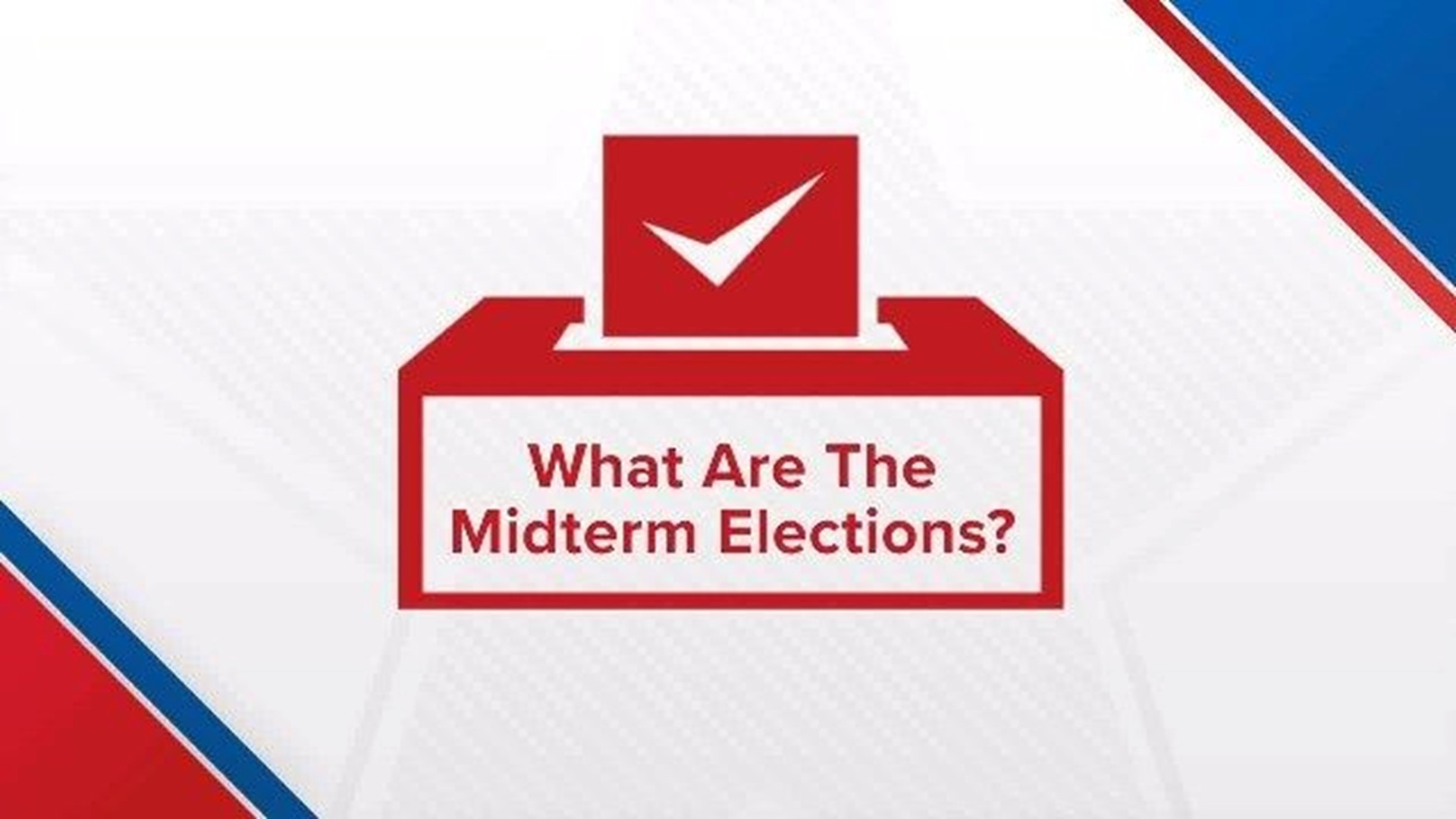As the Congressional midterm elections roll around, some might ask why all 100 U.S. senators are not elected at the same time. It's written into the Constitution.
Roughly one-third of senators are chosen every two years. That's because members of the Senate are elected to six-year terms for those seats. Even if a senator leaves early and someone else takes their place, that seat is voted on at the end of the original senator's six-year term like clockwork.
The founding fathers wrote the idea of putting the Senate into classes into Article 1, Section 3 of the Constitution, essentially breaking the senators up into three groups of approximately equal size so that their elections don't all happen simultaneously.
Why do it that way? According to the Senate website, constitutional commentator Joseph Story said the framers hoped that foundation would "prevent senators from permanently combining for 'sinister purposes,'" while also protecting the Senate from a rapid turnover and encourage deliberate measures over time. That's different from the House of Representatives in which all 435 seats could potentially change hands at the same time because they are all voted on every two years.
Both senate seats from the same state are not on the ballot in the same year unless at least one is involved in a special election. That scenario is happening this year in Minnesota and Mississippi. Senators Al Franken, D-Minn., and Thad Cochran, R-Miss., both resigned in the middle of their terms. Their seats will be involved in a special election Nov. 6 to determine who will fill out the remainder of the terms. Those elections will happen along with the regular election of seats in Minnesota and Mississippi. So, in a rare occurrence, two states will have both their U.S. senators decided in the same election.
The Senate Classes
Class I has its elections during this year's midterms. There are 23 seats held by Democrats, eight by Republicans, and two by independents that are up for election in Class I -- not including the two special elections. The next time Class I will be elected is in 2024, the same year as the president.
Class II will have its elections in 2020, the same year as the next presidential election. There will be 21 seats currently held by Republicans and 12 seats held by Democrats on the ballot. That includes the aforementioned seats in Minnesota and Mississippi that are involved in special elections this year. That means the winners of those elections will have to run again in two years to keep those seats.
Class III was last elected in 2016 and will have its next round in 2022, which is the next midterm. That will feature 22 Republicans-held seats and 12 Democratic seats.
Initially, it was state legislatures that elected the U.S. senators. The 17th Amendment in 1913 changed the rules so that the people of each state would decide who would be elected to the Senate.
Senators must be at least 30 years old and have been U.S. citizens for at least nine years when they are elected, and must reside in the state they are elected to represent.
The vice president serves as the tiebreaker in case of a 50-50 vote in the Senate. Vice President Mike Pence has been required to use this duty several times since taking office last year
INTERACTIVE: Current members of Congress by class

